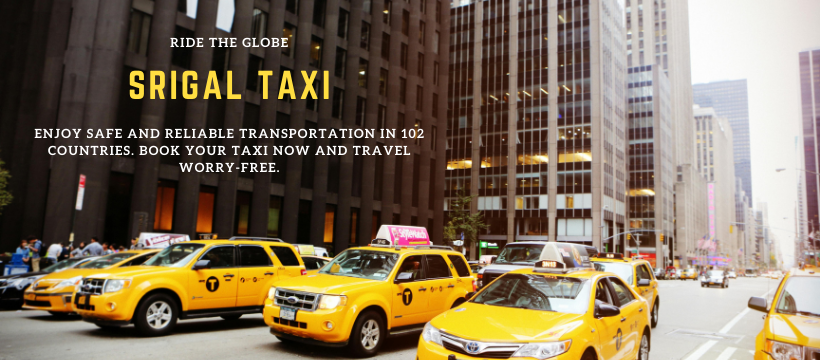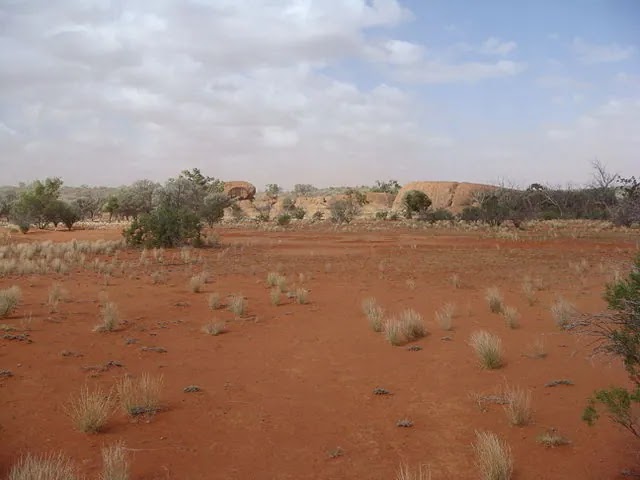
Currawinya is a national park near Hungerford, South West Queensland region of Australia. This fantastic spot is 828 kilometers west of Brisbane.
It is part of the Mulga lands bioregion, a dry sandy plain with small trees and shrubs. The river Paroo passes through the park.
Red sandplains and mulga scrubs beside roads notice the nearby lakes, rivers, and wetlands. Currawinya has many water bodies.

It makes it one of Australia’s most important inland waterbird habitats. Lake Wyara and Lake Numalla are a valuable feature of the park.
It also protects thousands of years of Aboriginal cultural heritage. It also protects 19th and 20th-century pastoral history. It also protects the threatened wildlife.
History
It contains many sites of cultural significance for Indigenous Australians. These sites show Aboriginal people lived in this area for a long time. They used the wetlands.
This fantastic area was before used for farming. In the year 1991, the Government of Queensland purchased two properties. These properties are Currawinya and Caiwarro Homestead.
Remains of the homestead, machinery, and a levee bank still exist today. In 2015, the park doubled in size. The state government acquired three adjoining properties.
More Information About Currawinya National Park
The Ramsar wetland sites of international importance include Lakes Numalla and Wyara. Lake Numalla is freshwater, while Lake Wyara is saline.
These provide significant waterbird habitats at times of drought. These lakes also support migrating waders traveling across the vast inland Australia.
Researchers have recorded 200 bird species in this magnificent area. Most of this spot lies within the Paroo Floodplain and Currawinya Important Bird Area.
BirdLife International identified it as such. It is because it is significant for large numbers of waterbirds. Researchers have identified a total of 14 threatened species within the park.
The park includes a 25 km2 (9.7 sq mi) bilby enclosure surrounded by a predator-exclusion fence. The electrified enclosure opened in 2001.
Captive-bred and rehabilitated bilbies thrived within the enclosure. Flooding in late 2011 and early 2012 damaged the fence, letting feral cats in.
It was hard to remove the cats, so newly-reared bilbies weren’t released until the cats were gone. In July 2015, they had 75 bilbies ready for release.
However, they had to delay the release because at least six cats were available. By December 2021, they were considering introducing bilbies from breeding programs.
They were planning to use programs like the Charleville Bilby Experience. Swimming, fishing, and canoeing are popular recreational activities in this magnificent park.
Camping in the Currawinya
The closest to this area is Cunnamulla on the Balonne Highway. This town is about 800 kilometers west of Brisbane.
Eulo is the name of another spot that you may pass through during your journey towards this spot. This town is perfect enough to offer fuel and basic supplies that are necessary for camping.
But it is not a place to expect too much, without any doubt. It is not very difficult to get to Currawinya, but it is a long way.
Staying two nights is the ideal decision to fulfill the desire to explore this place. You can use conventional vehicles to explore the area when it is dry.
But it is a little hard to find this type of vehicle in the area. Many 4WD vehicles are available. They will also let you do the scenic drives around the region.
Visitors can bush camp at Ourimperee Waterhole behind the Currawinya Woolshed. They can also camp at several sites on the Paroo River near Caiwarro. Or, they can bush camp at Myninya.

It is a semi-permanent wetland in the heart of Currawinya. You must have a camping permit and pay a fee. Display a tag with your booking number at your campsite.
All camping areas close when the Paroo River floods. Do not collect firewood from the national park—penalties apply. Bring your clean mill off-cuts, or use fuel stoves instead.
Ourimperee Waterhole bush camping area is in a shady area beside waterholes. It is along the Paroo River. You can go swimming, fishing, canoeing, birdwatching, and bushwalking there.
Caiwarro Waterhole bush camping area is in a shady area. It is also beside waterholes along the Paroo River. You can go swimming, fishing, canoeing, birdwatching and bushwalking there.
There are other camping areas available here. These are the Corni Paroo Waterhole, Pump Hole bush camping area, and Myninya camping area.
Conclusion
This park has 200 bird species, large kangaroo species, and reptiles. Wildlife watching here is a stunning experience.
Drive to saline Lake Wyara and freshwater Lake Numalla early in the morning. You can fish or relax under a shady tree along the Paroo River at the Ourimperee Waterhole.
It is behind the Woolshed. You can also do this near the old Caiwarro Homestead site on the Paroo River. Visit the cultural heritage sites of this majestic area.
This fascinating spot is remote, without any doubt. Be well-prepared and self-sufficient in fuel, food, and drinking water.
- GIBSON DESERT NATURE RESERVE: A BEAUTIFUL PLACE IN AUSTRALIA
- TALLARINGA CONSERVATION PARK: A GREAT PLACE
- 8 INTERESTING FACTS ABOUT PALAU: AN ISLAND IN THE PACIFIC OCEAN

A Bangladeshi entrepreneur. A person who loves nature, a web developer, and the founder of Srigal and Nehrin.